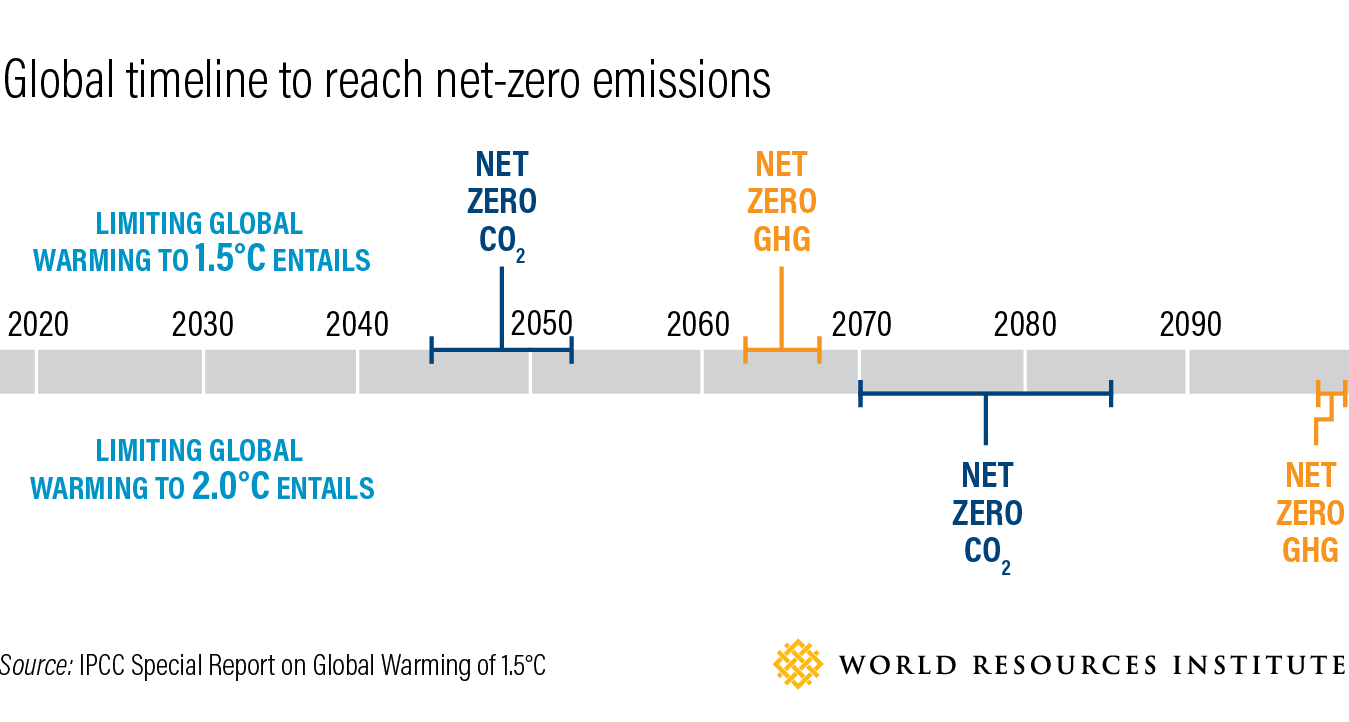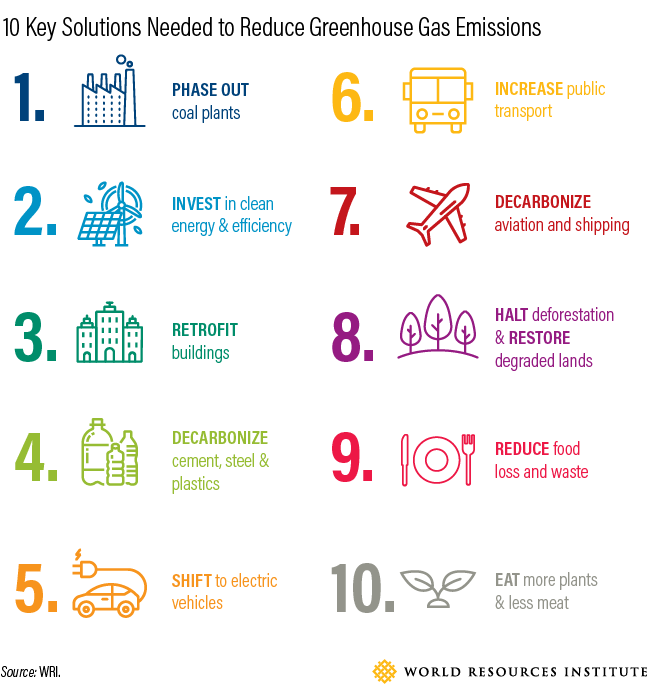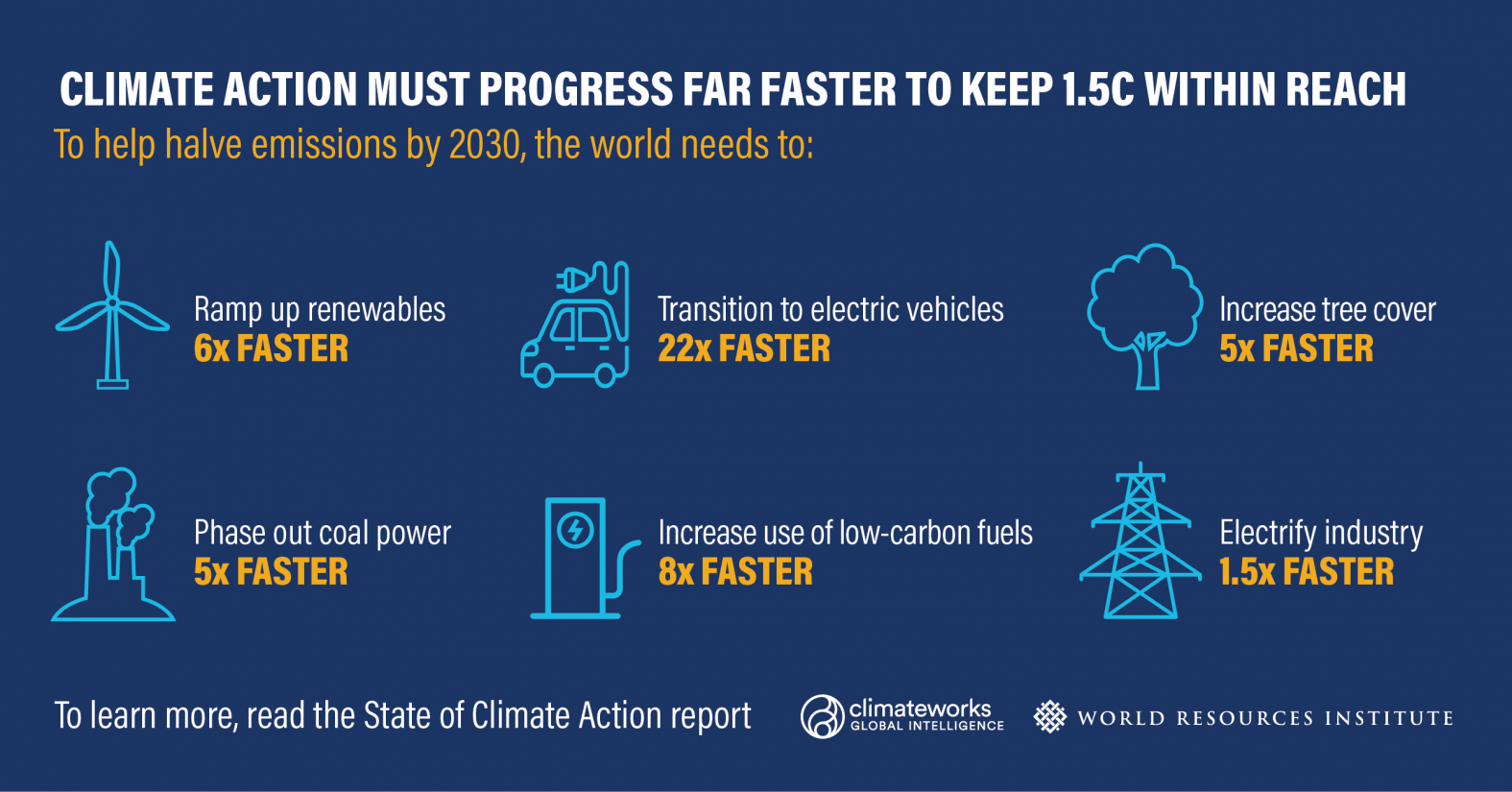- The ICROA-approves carbon credit-related projects to ensure that the project is real, verified, permanent and additional.
- For transparency, carbon credits are assigned serial numbers and are issued, transferred and permanently retired in publicly accessible emission registries.
- The key is in the detail.
- High-quality carbon credits adhere to a strict set of standards. You can check this by ensuring the projects you invest in are registered with a third-party internationally-recognised verification standard, such as the Gold Standard, Verra’s Verified Carbon Standard (VCS), Social Carbon and Climate, Community and Biodiversity Standards (CCBS), or standards verified by the UNFCCC.
- These standards also highlight additional benefits beyond carbon – all South Pole projects contribute to at least 3 of the UN’s Sustainable Development Goals. This could be improving health, creating better education opportunities, improving wildlife conservation or even building sustainable communities.
- The current pledges and actions are falling short and the window to keep climate change in check is shrinking. We need to increase ambition and mobilise climate finance to lower greenhouse gas emissions drastically to reach internationally ratified targets such as the Paris Agreement and the Sustainable Development Goals (SDGs).
- Beyond the moral drivers, it is becoming imperative for businesses to take action in order to continue their operations, for example building resilient supply chains and mitigating financial risks, or maintaining consumer trust. Moving capital towards climate-smart solutions opens doors to many opportunities and can be a long-term growth driver.
NET ZERO emissions will be achieved when all GHG emissions released by humans are counterbalanced by removing GHGs from the atmosphere in a process known as carbon removal.
First and foremost, human-caused emissions (such as those from fossil-fueled vehicles and factories) should be reduced as close to zero as possible. Any remaining GHGs should then be balanced with an equivalent amount of carbon removal, which can happen through things like restoring forests or using direct air capture and storage (DACS) technology. Reaching net-zero emissions is akin to achieving “climate neutrality.”

- Carbon credits are measurable, verifiable emission reductions from certified climate action projects.These projects reduce, remove or avoid greenhouse gas (GHG) emissions. But they also bring a whole host of other positive benefits, for example, they empower communities, protect ecosystems, restore forests or reduce reliance on fossil fuels.
- Projects must adhere to a rigorous set of criteria to pass verification by third-party agencies and a review by a panel of experts at a leading carbon offset standard like Verra or Gold Standard.
- After an organization or an individual buys a carbon credit, the credit is permanently retired so it can’t be reused.
- Scientists at the IPCC have shown that increased levels of greenhouse gases in the atmosphere are warming the planet. This creates extreme weather changes around the world. Currently, burning fossil fuels – coal, oil and gas – is the main driver of increased GHG levels.
- Under the banner of the UN and Paris Agreement, the world’s countries have come together to declare that urgent action must be taken to lower emissions if we are to maintain a habitable planet that can support the world’s population.
- The latest research emphasises that urgent action must be taken by everyone in order to safeguard some of the most vulnerable ecosystems and communities on the planet.
At Net Zero International we provide all companies with the ability to develop and maintain a Net Zero strategy. Using our tools and solutions, you will not only be able to create a strong Net Zero programme but we will also register you with the UNFCC to show the world you have embarked on a Net Zero journey.
Under the Paris Agreement, countries agreed to limit warming well below 2 degrees C (3.6 degrees F), ideally to 1.5 degrees C (2.7 degrees F). Global climate impacts that are already unfolding under today’s 1.1 degrees C (2 degrees F) of warming — from melting ice to devastating heat waves and more intense storms — show the urgency of minimizing temperature increase.
The latest science suggests that reaching the Paris Agreement’s temperature goals will require reaching net-zero emissions on the following timelines:
In scenarios limiting warming to 1.5 degrees C, carbon dioxide (CO2) needs to reach net-zero between 2044 and 2052, and total GHG emissions must reach net-zero between 2063 and 2068. Reaching net zero earlier in the range avoids a risk of temporarily overshooting 1.5 degrees C. Reaching the top of the range almost guarantees surpassing 1.5 degrees C for some time before it eventually drops down.
In scenarios limiting warming to 2 degrees C, CO2 needs to reach net zero by 2070 (for a 66% likelihood of limiting warming to 2 degrees C) to 2085 (with a 50-66% likelihood). Total GHG emissions must reach net-zero by the end of the century or beyond.

Policy, technology and behavior need to shift across the board. For example, in pathways to 1.5 degrees C, renewables are projected to supply 70-85% of electricity by 2050. Energy efficiency and fuel-switching measures are critical for transportation. Improving the efficiency of food production, changing dietary choices, halting deforestation, restoring degraded lands and reducing food loss and waste also have significant potential to reduce emissions.

Despite the benefits of climate action, progress is happening far too slowly for the world to reach net-zero by mid-century or meet emissions reductions necessary by 2030.

Global momentum for setting net-zero targets is growing quickly, with key economies like China, the United States and the European Union articulating such commitments. Bhutan was the first country to set a net-zero target in 2015. Now over 50 countries, representing more than half of global emissions, have set a net-zero target.




